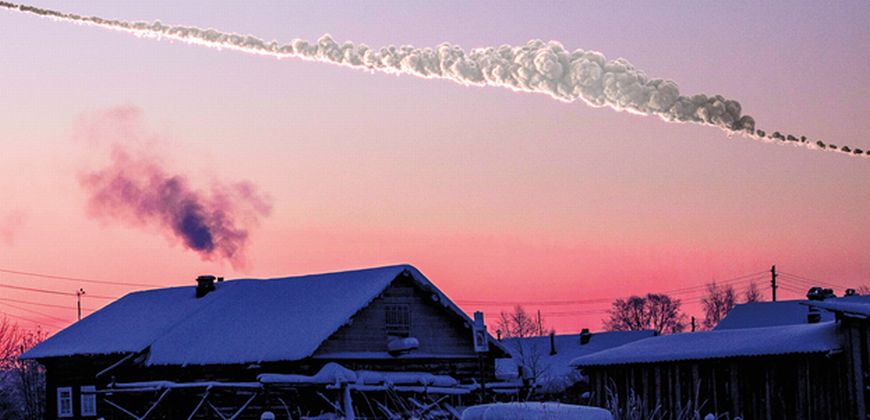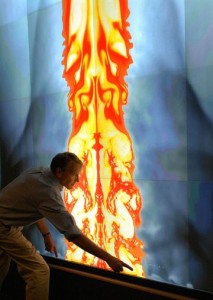
Impacting the planet

What happens to the Earth and its atmosphere when a very large rock traveling kilometers per second impacts the planet?
Destructive airbursts
The Department of Geosciences and Warner College of Natural Resources welcomes CSU Alumnus Mark Boslough of the University of New Mexico and the Sandia National Laboratories to campus for a special seminar entitled, “Destructive Airbursts: from Tunguska to Chelyabinsk and beyond.”
Friday, May 1
4 p.m.
Natural Resources Building, Room 113
Boslough’s will discuss planetary impacts and global catastrophes through the context of the 2013 Chelyabinsk airburst event and the 1908 Tunguska event, which flattened a large tract of trees in Serbia, and how his supercomputer simulations and other research has challenged the conventional views of asteroid collision risks and effects. Boslough’s groundbreaking work on atmospheric impacts and explosions has been recognized in Discover Magazine, Nova and in numerous documentaries.
The talk will take place at 4 p.m. on Friday, May 1 in the Natural Resources Building, Room 113. A reception will follow the presentation.